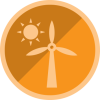My CEE-Change Journey: Connecting Communities to Climate Science
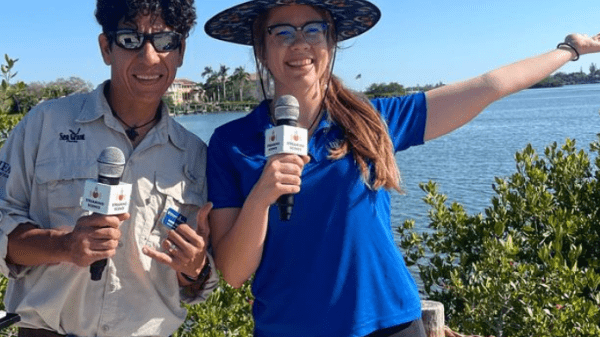
Each month, NAAEE shares narratives from the CEE-Change Fellows as they implement their community action projects and work to strengthen environmental education and civic engagement capabilities, all supporting the mission of cleaner air, land, and water. Join us on their journey! The Civics and Environmental Education (CEE) Change Fellowship is NAAEE’s newest initiative to support leadership and innovation in civics and environmental education in North America. This ee360+ program is a partnership between NAAEE, U.S. EPA, and the Cedar Tree Foundation.
Hello! My name is Caroline Nickerson, and I’m passionate about helping people understand climate change. This post describes some of my experiences as a CEE-Change fellow.
The CEE-Change Fellowship—short for "Civics and Environmental Education"—provided funding, coaching, and a supportive community to bring my Community Action Project to life: hosting digital field experiences to educate Floridians about climate change.
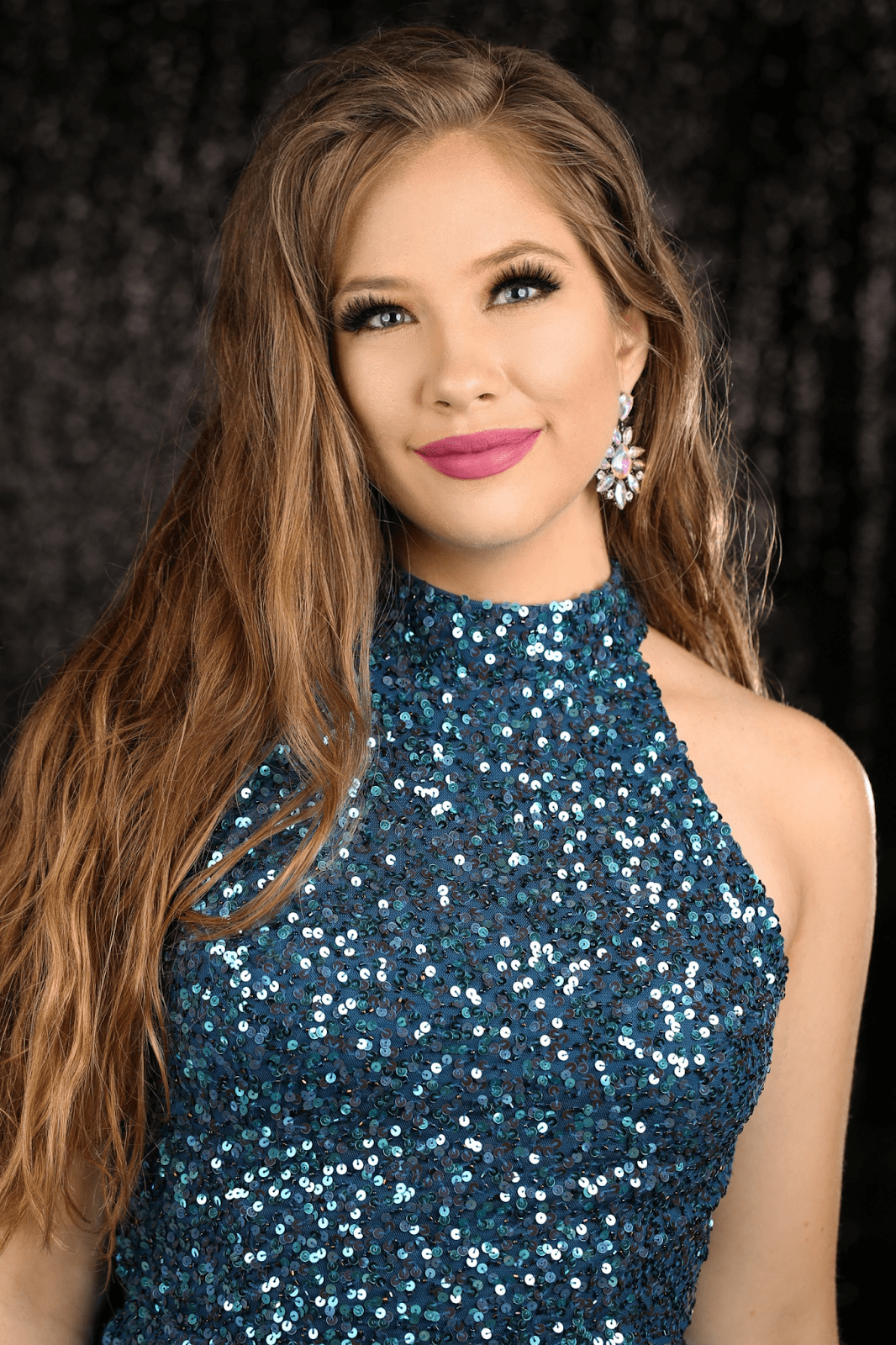
Before I get into what I did as a CEE-Change Fellow, I’ll share a little about myself.
I wear a few hats:
- I am the Executive Director of Florida Community Innovation, a civic tech nonprofit that empowers over 50 youth innovators and volunteers of all ages to build social services technologies, do research, and engage in community service.
- I am the communications lead at CitSci, a global citizen science platform based out of Colorado State University that provides people around the world with tools to design citizen science projects, create data forms, and disseminate results.
- I am a Program Specialist at SciStarter, the world’s biggest citizen science organization, where I help millions of people from around the world discover real science they can do.
I am a recent PhD graduate from the University of Florida (UF), where I studied climate change communication in the Department of Agricultural Education and Communication.
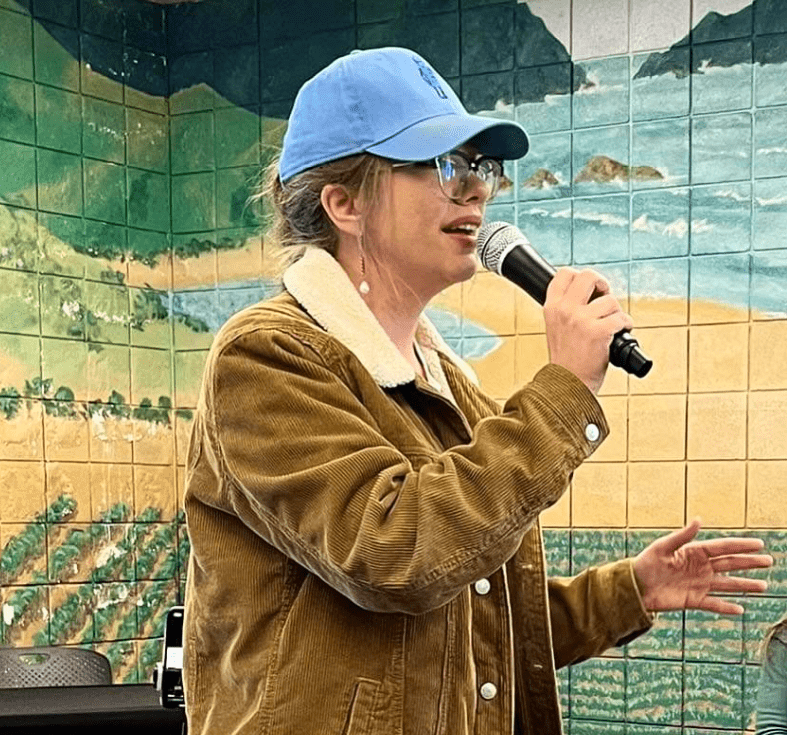
Here I am presenting about citizen science at a library in California. Photo credit: Caroline Nickerson
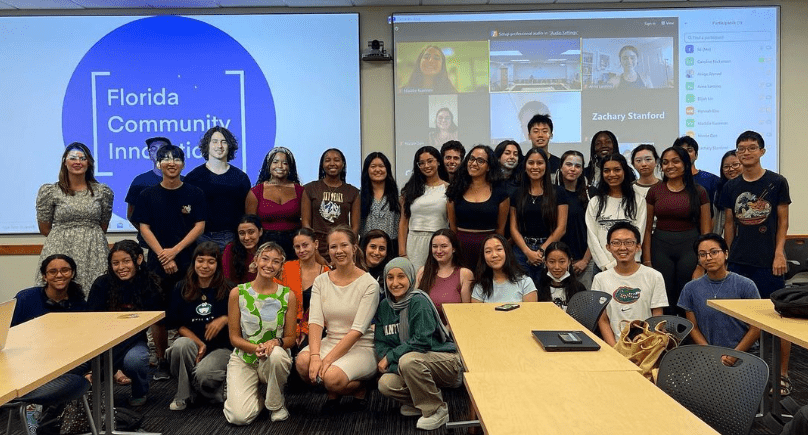
The FCI students are my pride and joy. Photo credit: Caroline Nickerson
The CEE-Change Fellowship, organized by the North American Association for Environmental Education (NAAEE), supports leaders who are passionate about civics and environmental education. Each Fellow designs a Community Action Project (CAP) that puts ideas into practice, fostering leadership, innovation, and positive community impact.
Thanks to the CEE-Change Fellowship, I was able to align my CAP with my greatest passion: empowering people with accessible, actionable climate change education.
My Community Action Project: ClimateCast LIVE
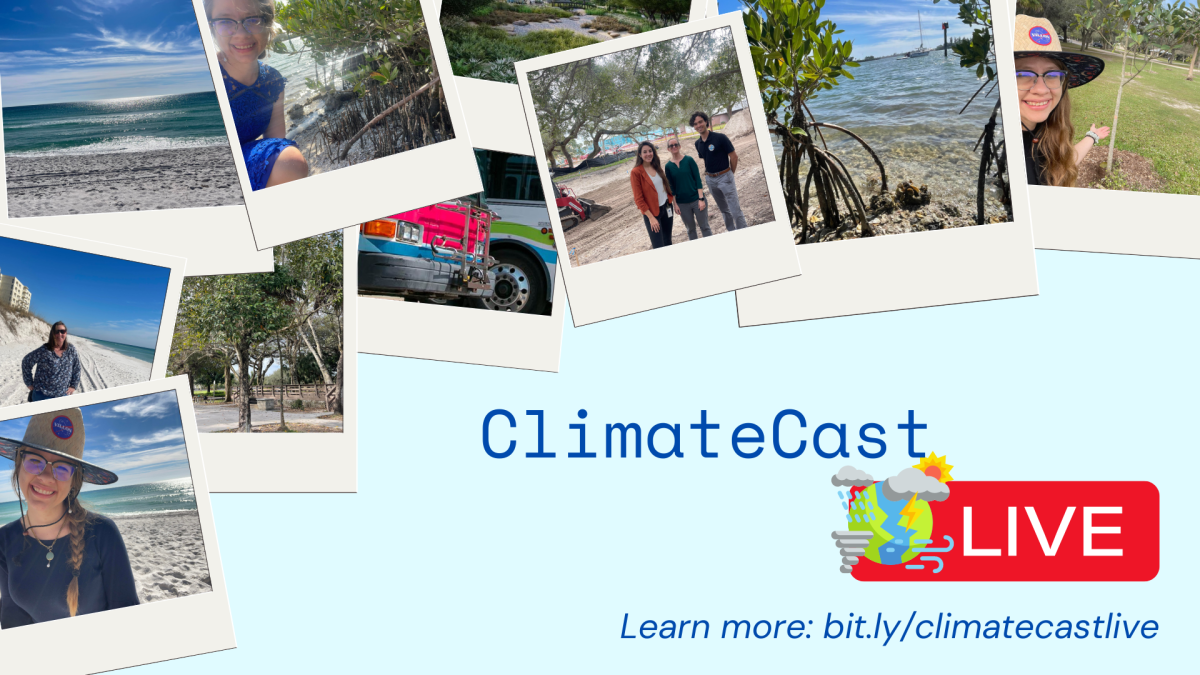
For my CAP in 2024, I launched a series of "Digital Field Experiences" (DFEs) across Florida called ClimateCast LIVE. These live, online programs connected audiences directly to real-world sites impacted by climate change—places like coastal areas facing sea level rise or communities grappling with extreme heat.
Working closely with UF/IFAS Extension agents, we broadcasted the DFEs as one-hour long, live webinars that included background information, field demonstrations, and interactive Q&A sessions.Each session focused on a particular Florida county’s climate impacts and was designed to resonate with local residents while welcoming a broader audience.
Although ClimateCast LIVE overlapped with my dissertation work, the Community Action Project had more of a public engagement focus:
- Goal: Make climate science relatable, tangible, and urgent by showing real-world examples through digital storytelling.
- Intended outcomes: Increase climate knowledge among participants, spark meaningful conversations about local impacts, and inspire participants to take civic and environmental action—such as participating in citizen science projects like ISeeChange and others featured on SciStarter.
Impacts and Outcomes
Through ClimateCast LIVE, we reached hundreds of participants across Florida and beyond. Feedback indicated that participants walked away with a deeper understanding of climate change, a greater sense of urgency, and stronger intentions to engage in climate-positive behaviors.
The programs were recorded and archived on the Streaming Science website, extending their educational reach even further.
Conclusion: The Power of the CEE-Change Community
Beyond my CAP, being a CEE-Change Fellow has enriched my life immeasurably. Chiefly, I’m grateful for the community that NAAEE has given me:
- On the FCI side (and thank you to generous FCI donors that provided honorariums for the inspiring CEE-Change Fellows!), Gloria met with the FCI students to help them with their public education project about gentrification; Jaeydah and Joy spoke to the FCI class; and Ritchie gave the FCI students an experiential learning experience by letting them analyze his website.
- On the SciStarter side, I was able to join Maggie, Hannah, and Jeff in Easton, Pennsylvania, to discuss citizen science at the Youth Climate Summit, hosted by the Nature Nurture Center.
- With my PhD hat on, I received advice from countless other CEE-Change Fellows (with a particular shout-out to Ashley, Alma, and Hannah for providing environmental education templates) at our week-long meeting in West Virginia and beyond, which helped me finish my dissertation.
"The CEE-Change Fellowship was not just a professional experience—it was a personal one, strengthening my belief that climate education must be rooted in community, action, and connection."
I’m excited to welcome the new cohort of Fellows!
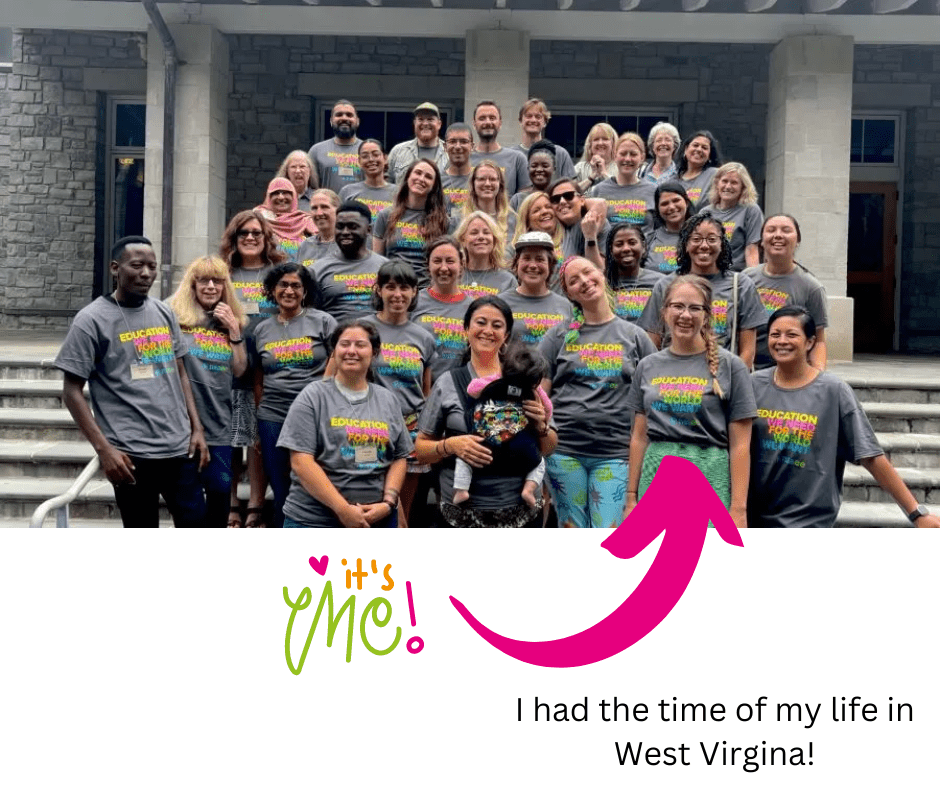
Photo credit: NAAEE
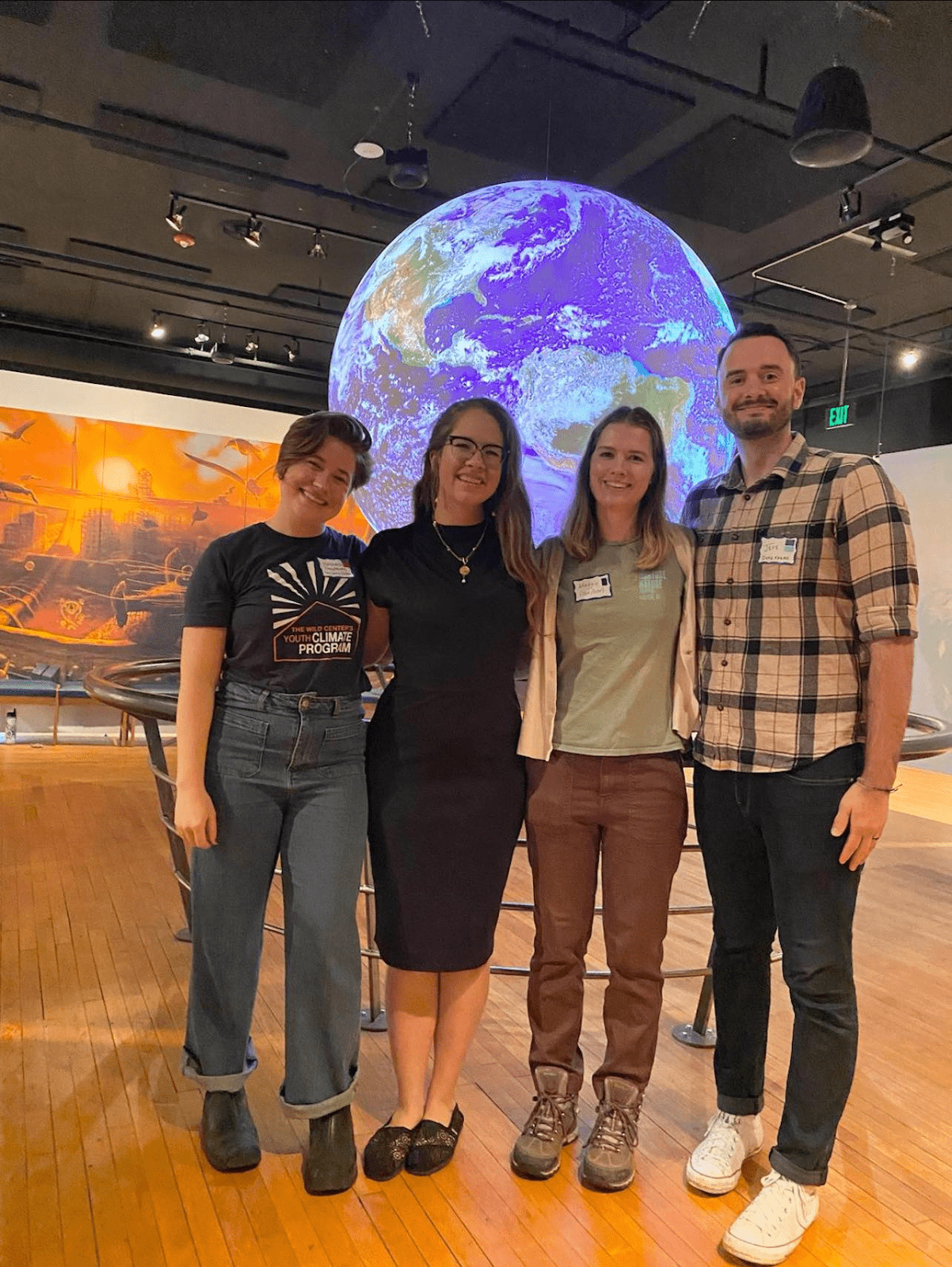
With my CEE-Change friends in Pennsylvania. Photo credit: Caroline Nickerson
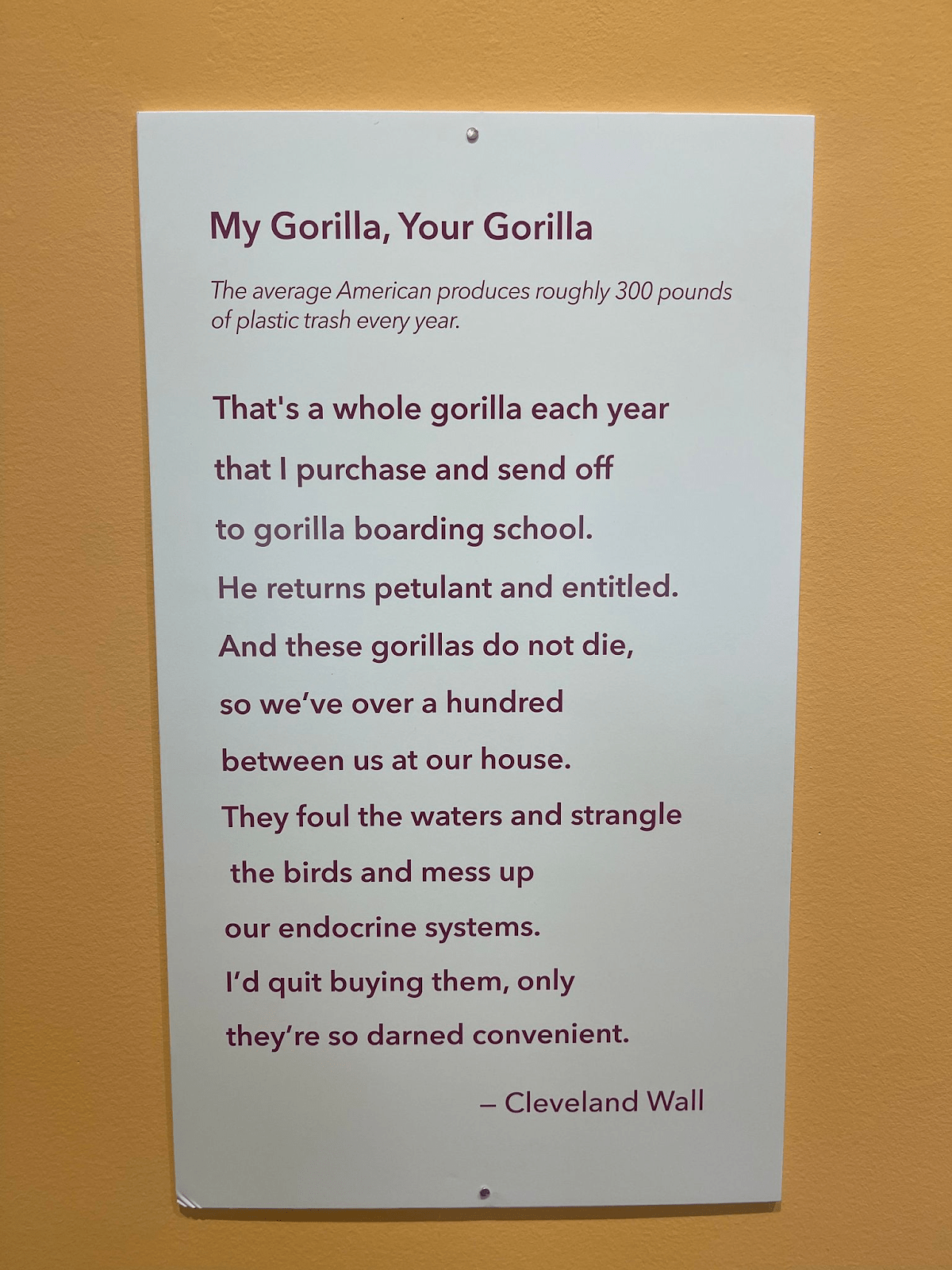
Here are some of my favorite art pieces from the Nature Nurture Center. Photo credit: Caroline Nickerson
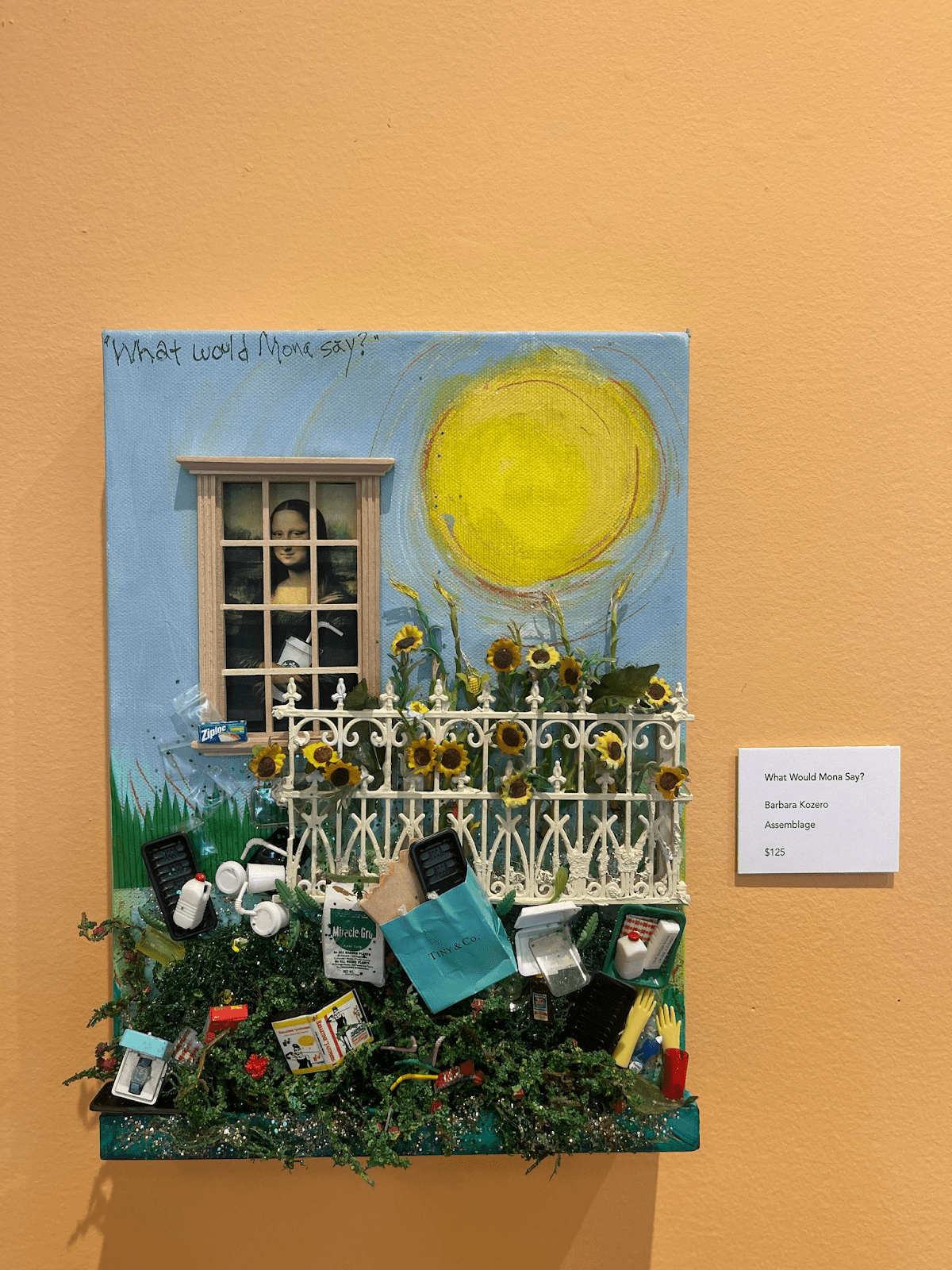
Here are some of my favorite art pieces from the Nature Nurture Center. Photo credit: Caroline Nickerson

